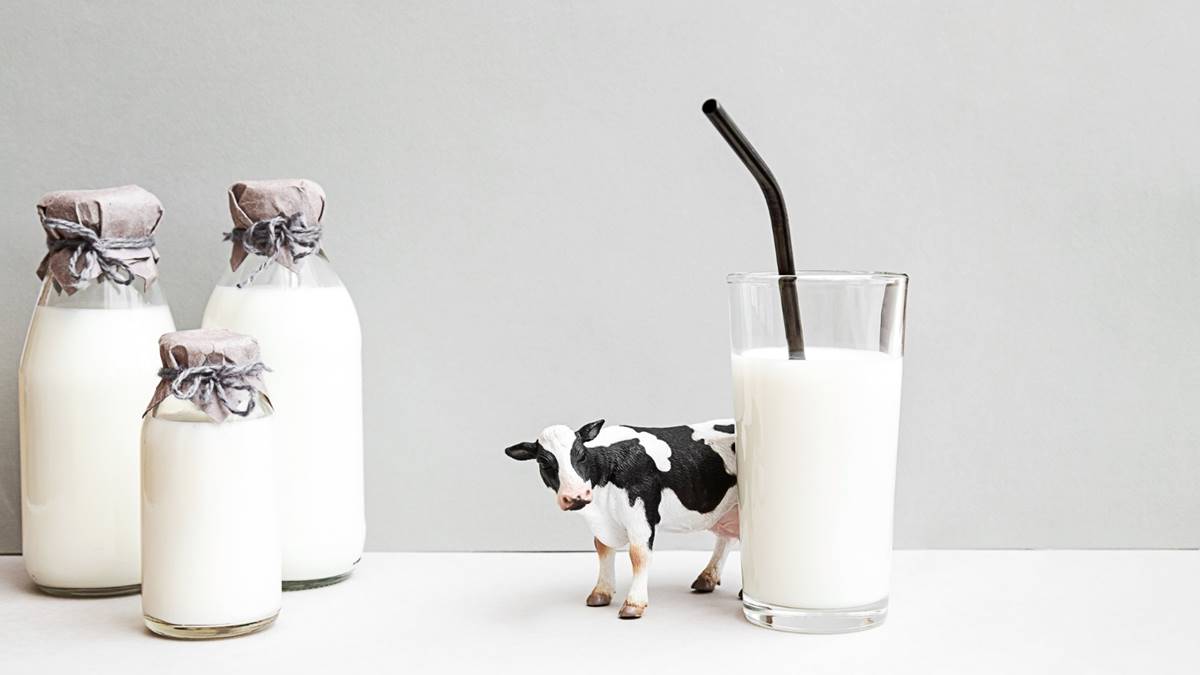In the world of dairy farming, one of the top priorities is finding ways to improve nutrition and increase milk production. A breakthrough solution that is gaining attention is the use of P85+ palmitic acid as a supplemental fat source in dairy cow diets. This unique fatty acid offers higher energy levels and has the potential to revolutionize the dairy industry.
Let’s explore what P85+ palmitic acid is and how it can benefit both dairy farmers and end users.
P85+ palmitic acid from FoodGrid is a valuable source of supplemental fat for dairy cows, providing enhanced energy levels. It is derived from pure vegetable fat and is known for its high concentration of metabolic energy and excellent digestibility.
What sets P85+ apart is its composition of long-chain saturated fatty acids that are resistant to rapid oxidation. This is due to its high melting point and optimal fatty acid composition. These qualities allow the product to effectively bypass the rumen, leading to efficient absorption in the small intestine. To maximize the benefits, it is recommended to use P85+ at a rate of 0.25 to 1.25 pounds per dairy cow per day.
The benefits of using P85+ palmitic acid
Incorporating P85+ palmitic acid into dairy cow diets offers several key benefits. Firstly, it enhances the energy density of the feed, allowing cows to meet their energy requirements more efficiently. This leads to improved milk production and reproductive performance. Additionally, the higher energy content of P85+ palmitic acid reduces the need for additional feed, minimizing costs and optimizing resource utilization on the farm.
Also, P85+ palmitic acid positively influences the composition of milk fat. Its inclusion in the diet has been found to increase the milk fat percentage, resulting in higher butterfat yields. This benefit is particularly valuable for dairy farmers who prioritize milk quality and aim to maximize the value of their product.
Maintaining optimal body condition in dairy cows is crucial for overall health and productivity. The higher energy content of P85+ palmitic acid helps cows maintain a healthy body condition, which is especially important during critical periods such as early lactation and breeding.
Incorporating P85+ palmitic acid into dairy cow diets also enhances the nutritional value of dairy products. The increased energy density and improved fat composition of milk obtained from cows fed with P85+ palmitic acid contribute to products that are packed with essential nutrients. This advantage is particularly appealing to health-conscious individuals who seek dairy products that provide a well-rounded combination of vital fats and nutrients.
Furthermore, the higher fat content and improved composition resulting from the utilization of P85+ palmitic acid can positively influence the sensory attributes of dairy products. Butter, cream, and cheese produced from the milk of cows that have been fed with elevated levels of P85+ palmitic acid often exhibit amplified flavors and smoother textures, thereby enhancing the overall culinary experience for consumers.
Moreover, dairy products derived from cows fed with P85+ palmitic acid offer expanded opportunities for product development. The enhanced fat composition enables the creation of specialty items such as gourmet cheeses, premium ice creams, and artisanal butters. This versatility caters to niche markets and fulfills the demands of discerning consumers.
The incorporation of P85+ palmitic acid in dairy cow diets marks a noteworthy progress in the dairy industry. Its capacity to boost energy efficiency, enhance milk fat composition, and promote optimal cow health brings benefits to both farmers and consumers. With its provision of nutrient-rich dairy products, improved flavors, and expanded versatility, P85+ palmitic acid holds the potential to bring about a revolution in the dairy industry. By meeting the ever-changing consumer demands while ensuring the profitability and sustainability of dairy farming, it paves the way for a promising future in the field.
